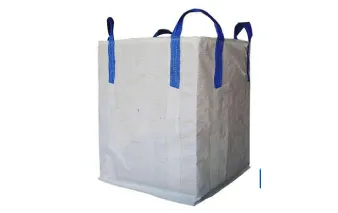Professional Saddlery Sewing Machines for Precision Leatherwork
The Evolution of Saddlery Sewing Machines
Saddlery sewing machines have played a pivotal role in the production of high-quality leather goods for centuries. As the demand for durable and aesthetically pleasing saddles, harnesses, and other leather products grew, so did the need for specialized machinery that could deliver precision stitching and robust construction. This article explores the evolution of saddlery sewing machines and their impact on craftsmanship.
Historically, saddlery was a laborious task performed solely by skilled artisans who relied on hand stitching techniques. These methods, while effective, were time-consuming and limited in their capabilities. The introduction of the sewing machine in the 19th century revolutionized the process, dramatically increasing efficiency and consistency. The early models were primarily designed for light fabrics, but as the demand for leather goods surged, manufacturers began to innovate machines specifically tailored for heavier materials.
One significant advancement in saddlery sewing machines was the development of walking foot technology. This mechanism allows the presser foot to move along with the material, ensuring that multiple layers of thick leather can be stitched together without slipping. This innovation not only improved the quality of leather products but also reduced the physical strain on the operator.
saddlery sewing machine

Moreover, the introduction of specialized needles and thread suitable for leather further enhanced the sewing process. Heavy-duty needles with reinforced points were designed to penetrate thick leather without breaking, while strong polyester or nylon threads offered superior tensile strength and durability. These advancements ensured that saddles and other leather goods could withstand the rigors of use while maintaining their aesthetic appeal.
The automation of saddlery sewing machines in the late 20th century marked another significant leap in the industry. Programmable machines equipped with computer numerical control (CNC) systems allowed for precise stitching patterns and intricate designs, which would have been nearly impossible to achieve by hand. This not only expedited production times but also opened up new possibilities for creative designs and personalization options, meeting the evolving tastes of consumers.
Today, saddlery sewing machines come equipped with a variety of features that enhance functionality. Models may include features such as adjustable stitch length, built-in walking feet, heavy-duty motors, and computerized interfaces that simplify complicated patterns. This evolution has enabled both large-scale manufacturers and small-scale artisans to produce high-quality leather goods that appeal to a wide market.
In conclusion, the evolution of saddlery sewing machines has significantly transformed the leatherworking industry. From the early hand stitching techniques to sophisticated computerized machines, each advancement has contributed to the efficiency and quality of saddlery production. As technology continues to evolve, it is exciting to imagine what the future holds for saddlery sewing machines and the craftsmanship of leather goods. Whether for functional purposes or artistic expression, these machines remain an indispensable tool for artisans and manufacturers alike.
-
Heavy Duty Leather Sewing Machine: A Must-Have for Professional LeatherworkNewsMay.28,2025
-
Leather Sewing Machine: Essential for High-Quality LeathercraftNewsMay.28,2025
-
Extra Heavy Duty Sewing Machine for Premium Leather ApplicationsNewsMay.28,2025
-
Walking Foot Cylinder Arm Sewing Machine: Precision and Power CombinedNewsMay.28,2025
-
Industrial Cylinder Arm Sewing Machine: Engineered for High-Performance StitchingNewsMay.28,2025
-
Cylinder Bed Sewing Machine: A Powerful Solution for Precision StitchingNewsMay.28,2025
-
Zigzag Sewing MachineNewsMay.12,2025





























